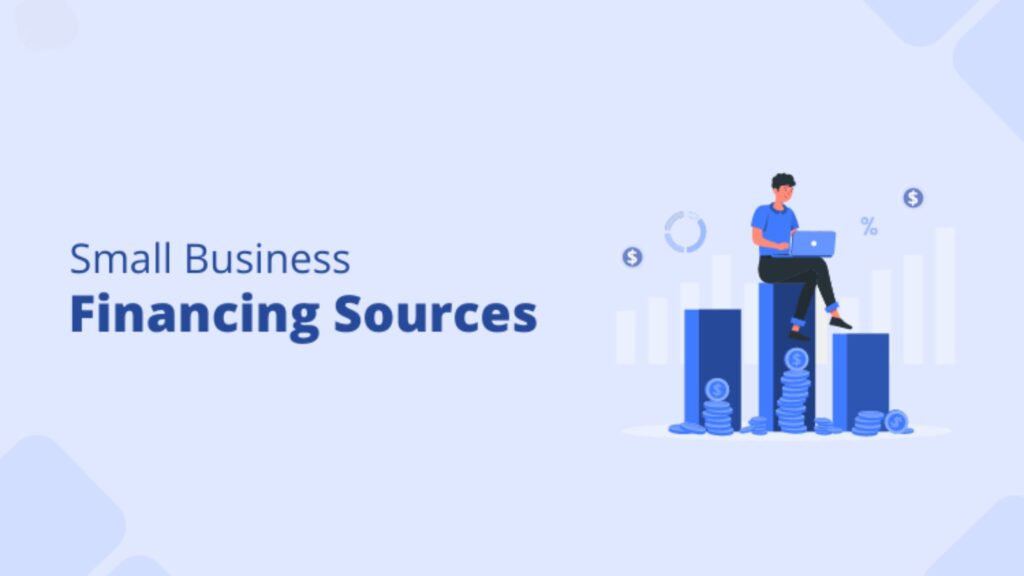In the competitive landscape of the United States, small businesses often encounter the hurdle of securing adequate financing for growth and sustainability. Small Business Financing (SBF) plays a pivotal role in providing the necessary financial support to these enterprises. This comprehensive guide aims to demystify SBF, exploring its various forms, benefits, and the steps entrepreneurs can take to leverage it effectively.
Also Read: INDEXDJX DJI: Understanding the Dow Jones Industrial Average
What is Small Business Financing (SBF)?
Small Business Financing, commonly abbreviated as SBF, refers to the financial assistance and support provided to small businesses and startups for their operations, expansion, or other business-related needs. This funding can come from various sources, including traditional financial institutions, government agencies, private investors, and alternative lending platforms.
Types of SBF:
- Traditional Bank Loans: These loans are obtained from banks and typically require a detailed business plan, collateral, and a good credit score. They offer competitive interest rates and structured repayment plans.
- Small Business Administration (SBA) Loans: SBA loans are partially guaranteed by the government, making them an attractive option for small businesses with limited collateral or a lower credit score. They come with favorable terms and rates.
- Alternative Lending: This includes options like online lenders, peer-to-peer lending, and crowdfunding platforms. They often have faster approval processes and may be accessible to businesses with less stringent requirements.
- Venture Capital and Angel Investors: These investors provide funding in exchange for equity or ownership in the business. They are more common for startups with high growth potential and scalability.
Benefits of SBF:
- Access to Capital: SBF provides the necessary funds to cover operational costs, expand the business, or invest in new opportunities.
- Business Growth: With adequate financing, small businesses can scale operations, explore new markets, and stay competitive in their industry.
- Improved Cash Flow Management: SBF can help businesses manage cash flow effectively, ensuring smooth operations and the ability to meet financial obligations.
- Building Creditworthiness: Responsible handling of SBF can contribute to building a strong credit history, making it easier to secure future financing.
Challenges to Consider:
While SBF can be instrumental for small businesses, there are challenges that entrepreneurs should be mindful of:
- Eligibility Criteria: Different SBF options have varying eligibility requirements, and not all businesses may meet the necessary criteria.
- Repayment Obligations: Mismanagement of SBF funds can lead to financial strain and difficulties in meeting repayment obligations, potentially impacting the business’s creditworthiness.
- Interest Rates and Fees: Understanding the total cost of borrowing is crucial, as high interest rates and additional fees can significantly affect the overall financial health of the business.
Navigating these challenges requires a strategic approach, meticulous planning, and a clear understanding of the business’s financial capabilities and needs.
Also Read: Understanding Income Tax by State in the USA
Current Trends in SBF:
- Digital Transformation: The digitization of financial services has revolutionized the SBF landscape, making it more accessible and streamlined for small businesses.
- Focus on Alternative Lending: The rise of alternative lending platforms has provided businesses with diverse funding options beyond traditional banking institutions.
- Impact of Government Initiatives: Various government initiatives and programs aimed at supporting small businesses have played a significant role in fostering SBF accessibility and inclusivity.
Staying informed about these trends can help entrepreneurs stay ahead and make informed decisions when seeking SBF.
Looking Ahead:
As the landscape of small business financing continues to evolve, staying abreast of market trends, understanding the changing regulatory environment, and being proactive in adapting to new funding options will be crucial for the success and sustainability of small businesses in the USA.
In conclusion, Small Business Financing is a cornerstone for the growth and development of small businesses in the USA. By understanding the various types of SBF, being aware of the associated challenges, and staying informed about the evolving trends, entrepreneurs can make informed decisions and effectively utilize SBF to propel their businesses forward in the dynamic and competitive business environment.

